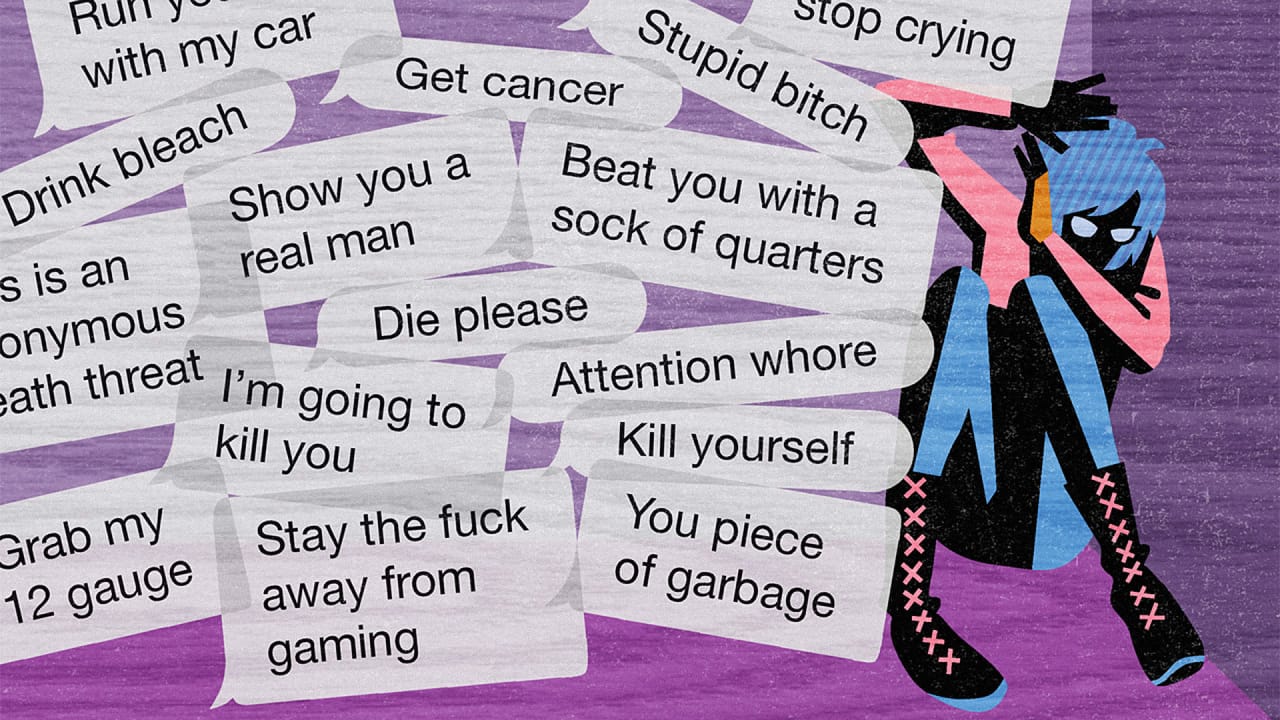
Forms of Online Harassment
As technology develops and social networking sites continue to expand, online harassment will continue to grow and take on different forms; consequently, definitions of online harassment and the behaviour it encompasses will be in a state of flux. Some forms of online harassment are set out below.
Online Harassment
Also known as: cyberaggression, cyberbullying, cyberharassment, cyberhate, cybervictimisation, deviant online behaviour
The use of information and communication technologies by an individual or group to repeatedly cause harm to another person with relatively less power to defend themselves.
Cyberstalking
Repeated and deliberate use of the internet and other electronic communication tools to engage in persistent, unwanted communication intended to frighten, intimidate or harass someone.
Cyberstalking may occur solely in the digital realm or may form part of a wider campaign targeting individuals on and offline (Brown, Gibson & Short, 2017). Threats are not required for the criminal offence of stalking to be prosecuted.
Cyberstalking behaviours include:
- locating personal information about a victim
- surveillance of the victim
- identity theft, such as subscribing the victim to services or purchasing goods and services in their name
- damaging the reputation of the victim
- electronic sabotage such as spamming and sending viruses
- tricking other internet users into harassing or threatening a victim
Denigration
Also known as: put-downs
Sending or posting harmful, untrue or cruel statements about a person to other people.
Doxxing
Revealing personal or identifying documents (or docs=dox) or details online about someone without their consent. This can include personal information such as a person’s home address, real name, children’s names, phone numbers and email address. A violation of a person’s privacy, the aim of doxxing is to distress, panic and otherwise cause alarm.
Exclusion
Actions that specifically and intentionally exclude a person from an online group, such as exclusion from a virtual messaging group.
Image-based sexual abuse
Also known as: revenge pornography, non-consensual pornography, cyber rape, involuntary pornography, intimate image abuse
The disclosure of private sexual photographs and films without the consent of an individual who appears in the photograph or film, and with the intent to cause distress to said individual. A person may be blackmailed or extorted following a disclosure of private sexual content.
Internet pile-on
Where large numbers of people are encouraged to target one individual with numerous messages.
Masquerading
Also known as: catfishing
Pretending to be someone else and sending or posting material that makes that person look bad or places that person in potential danger.
Sexting
Nude or semi-nude sexual or sexually suggestive images or videos sent and received through mobile phones and social media apps (Poltash, 2013). Sexting is an acceptable online activity when it takes place between consenting adults within adequate privacy settings, but problems arise when images sent are subsequently distributed online without the consent of the creator (Shariff, DeMartini, 2016). Such actions can constitute a criminal offense under new ‘revenge pornography’ legislation.
Trickery
Also known as: outing, phishing, hacking, scamming
Sending or posting material about a person that contains sensitive, private, or embarrassing information, including forwarding private messages or images, or engaging in tricks to solicit embarrassing information that is then made public. A person may be blackmailed or extorted following a disclosure of such information.
Trolling
Also known as: flaming, virtual mobbing, pile-ons
Posting or sending inflammatory, inappropriate, rude and/or violent messages or comments directed at a person or persons on the internet in order to cause upset. Can be perpetrated by one individual but often with the intent that the initial message will provoke responses from other internet users. Women are disproportionately targeted (Cole, 2015) and content often draws upon sexually degrading language, exerting online forms of sexual harassment (Megarry, 2014).
Upskirting
Filming or photographing under a person’s clothes without their consent to capture images of their body or underwear.
Virtual mobbing
Where a person tries to attract attention to someone else by getting other people to bully a person for example by using hashtags to encourage other people to join in.
If you would like more information, find a universities uk report here.
If you have experienced online harassment, there is support available. Click here for more details.
